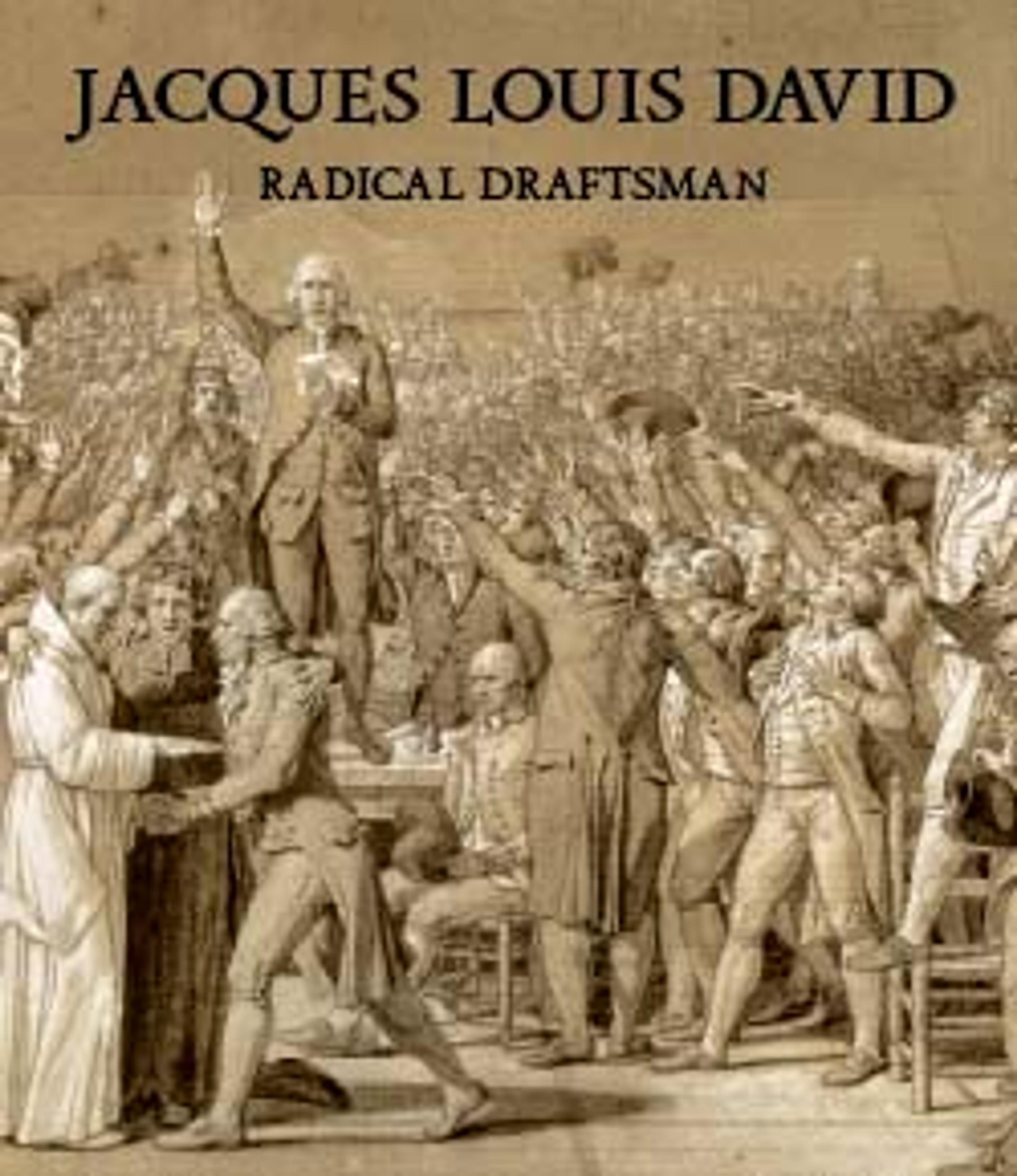Leonidas at Thermopylae
This is a compositional study for David's large canvas of the same subject, signed and dated 1814 and today in the Musée du Louvre, Paris. As his commissions for Napoleon dried up, David returned to a mythological painting he had begun planning fifteen years earlier as a pendant (pairing) to the Intervention of the Sabine Women. It depicts the legendary Spartan king Leonidas, who would perish with three hundred soldiers at Thermopylae, where they were vastly outnumbered by the Persian army of Xerxes.
In this working drawing, the artist’s evolving ideas appear laid down in a rush, perhaps intermittently, progressing from a pale initial sketch to emphatic revisions in a darker shade. Many of the poses and figural types used by David refer to classical prototypes, as does the practice—debated during David's time—of depicting classical warriors nude.emingly oblivious to the tumult swirling around him, Leonidas maintains a statuesque stillness, lost in contemplation of his soldiers’ impending sacrifice.
In this working drawing, the artist’s evolving ideas appear laid down in a rush, perhaps intermittently, progressing from a pale initial sketch to emphatic revisions in a darker shade. Many of the poses and figural types used by David refer to classical prototypes, as does the practice—debated during David's time—of depicting classical warriors nude.emingly oblivious to the tumult swirling around him, Leonidas maintains a statuesque stillness, lost in contemplation of his soldiers’ impending sacrifice.
Artwork Details
- Title:Leonidas at Thermopylae
- Artist:Jacques Louis David (French, Paris 1748–1825 Brussels)
- Date:ca. 1812–13
- Medium:Black chalk; squared in black chalk
- Dimensions:16 x 21 5/8 in. (40.6 x 54.9 cm)
- Classification:Drawings
- Credit Line:Rogers Fund, 1963
- Object Number:63.1
- Curatorial Department: Drawings and Prints
More Artwork
Research Resources
The Met provides unparalleled resources for research and welcomes an international community of students and scholars. The Met's Open Access API is where creators and researchers can connect to the The Met collection. Open Access data and public domain images are available for unrestricted commercial and noncommercial use without permission or fee.
To request images under copyright and other restrictions, please use this Image Request form.
Feedback
We continue to research and examine historical and cultural context for objects in The Met collection. If you have comments or questions about this object record, please contact us using the form below. The Museum looks forward to receiving your comments.
